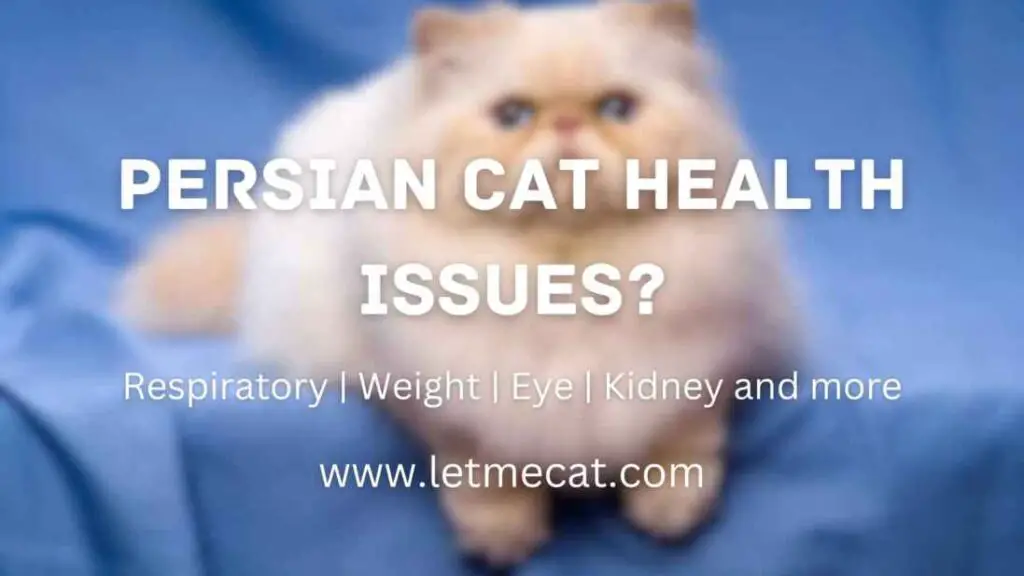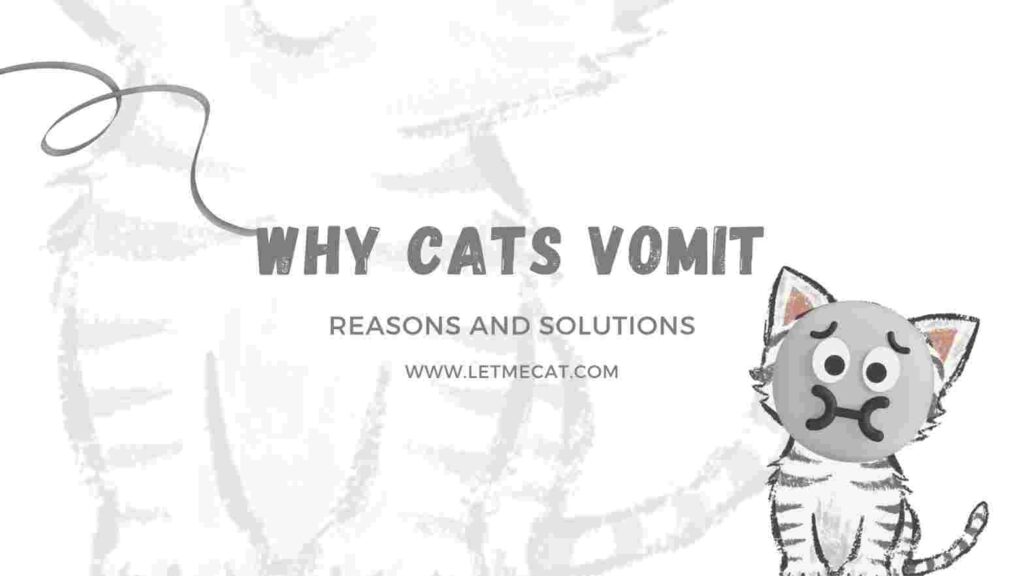Persian cats are known for their stunning beauty and calm demeanor. As a cat owner, it’s essential to be aware of the potential health issues that can affect your beloved Persian companion. Understanding these health problems will help you provide the necessary care and ensure a happy and healthy life for your furry friend.
Understanding Persian Cats
Before delving into specific health issues, let’s gain a better understanding of Persian cats themselves. Persian cats are a breed known for their long, luxurious coats, expressive eyes, and distinct facial structure. They are generally gentle and placid, making them popular pets worldwide. However, like any other breed, Persian cats are prone to certain health conditions that require attention and care.
Common Health Issues in Persian Cats
1. Respiratory Problems
Persian cats are brachycephalic, meaning they have a shortened skull and a flat face. This unique facial structure can contribute to respiratory issues. The following are common respiratory problems observed in Persian cats:
1.1. Brachycephalic Airway Syndrome (BAS)
BAS is a condition that affects brachycephalic breeds, including Persians. It involves anatomical abnormalities in the upper airways, such as narrowed nostrils, elongated soft palate, and a hypoplastic trachea.
These abnormalities can cause breathing difficulties, snoring, and exercise intolerance.
1.2. Upper Respiratory Infections
Persian cats are susceptible to upper respiratory infections, including viral and bacterial infections. These infections can cause symptoms such as sneezing, nasal discharge, coughing, and conjunctivitis.
Regular vaccinations and good hygiene practices can help prevent these infections.
2. Eye Problems
Persian cats have beautiful, expressive eyes, but they are prone to certain eye conditions that require attention. Some common eye issues in Persian cats include:
2.1. Tear Staining
Tear staining is a common problem in Persian cats. Excessive tearing can cause dark stains to develop around the eyes, giving an unappealing appearance. Regular eye cleaning and keeping the face dry can help manage tear staining.
2.2. Entropion
Entropion is a condition where the eyelid rolls inward, causing the eyelashes to rub against the cornea. This can lead to irritation, redness, and even corneal ulcers. Surgical correction is often necessary to alleviate the discomfort caused by entropion.
3. Kidney and Urinary Issues
Persian cats are predisposed to certain kidney and urinary tract conditions. It’s important to monitor their kidney function and address any potential issues promptly. The following conditions are commonly seen in Persian cats:
3.1. Polycystic Kidney Disease (PKD)
PKD is an inherited condition characterized by the formation of multiple cysts in the kidneys. These cysts can gradually impair kidney function and lead to kidney failure.
Regular screening and breeding practices that exclude PKD-positive cats can help reduce the prevalence of this disease.
3.2. Bladder Stones
Persian cats are prone to developing bladder stones. These stones can cause discomfort, urinary tract obstruction, and urinary tract infections.
Adequate hydration, a balanced diet, and regular veterinary check-ups can help prevent and manage bladder stones.
4. Obesity and Weight-related Problems
Persian cats have a tendency to gain weight easily, which can lead to various health issues. Obesity can increase the risk of diabetes, joint problems, and respiratory difficulties.
Providing a balanced diet to your Persian cat, engaging in regular play sessions, and monitoring food portions can help maintain a healthy weight for your Persian cat.
5. Skin and Coat Conditions
Persian cats have long, dense coat that requires regular grooming and attention. They are prone to certain skin and coat conditions, including:
5.1. Allergies
Persian cats can develop allergies to certain foods, environmental factors, or flea bites. Allergies can cause itching, skin irritation, and hair loss. Identifying and avoiding the allergen, along with proper veterinary guidance, can help manage allergies effectively.
5.2. Feline Acne
Feline acne is a common skin condition in Persian cats. It manifests as blackheads and pustules on the chin and lower lip area. Regular cleaning of the affected area and using specialized products recommended by a veterinarian can help control feline acne.
6. Dental Health
Good dental health is essential for the overall well-being of Persian cats. Neglecting dental care can lead to various oral issues, including gum disease, tooth decay, and bad breath. Regular teeth brushing, dental check-ups, and appropriate chew toys can help maintain healthy teeth and gums.
7. Heart Conditions
Persian cats may be susceptible to certain heart conditions, including hypertrophic cardiomyopathy (HCM). HCM is a disease that causes thickening of the heart muscle, potentially leading to heart failure.
Regular veterinary examinations and diagnostic tests can help detect heart conditions early and manage them effectively.
Conclusion
In conclusion, Persian cats are wonderful companions, and the health of Persian cats requires special attention. Understanding the common health issues faced by Persian cats will enable you to provide the necessary care and seek prompt veterinary attention when needed.
By being proactive in addressing these health concerns, you can ensure a long and happy life for your Persian cat.
Thank you for reading this article.




Pingback: Persian Cat Sickness Symptoms: Eye, Ear, Behavior - Let Me Cat